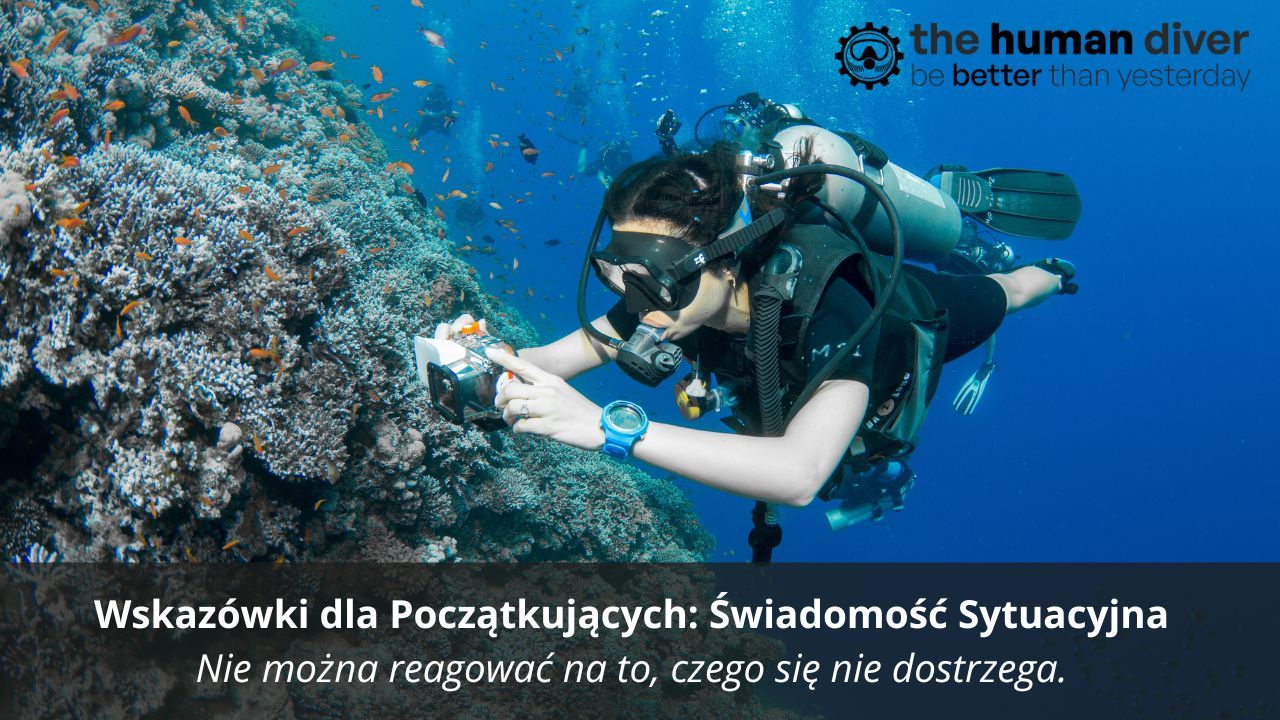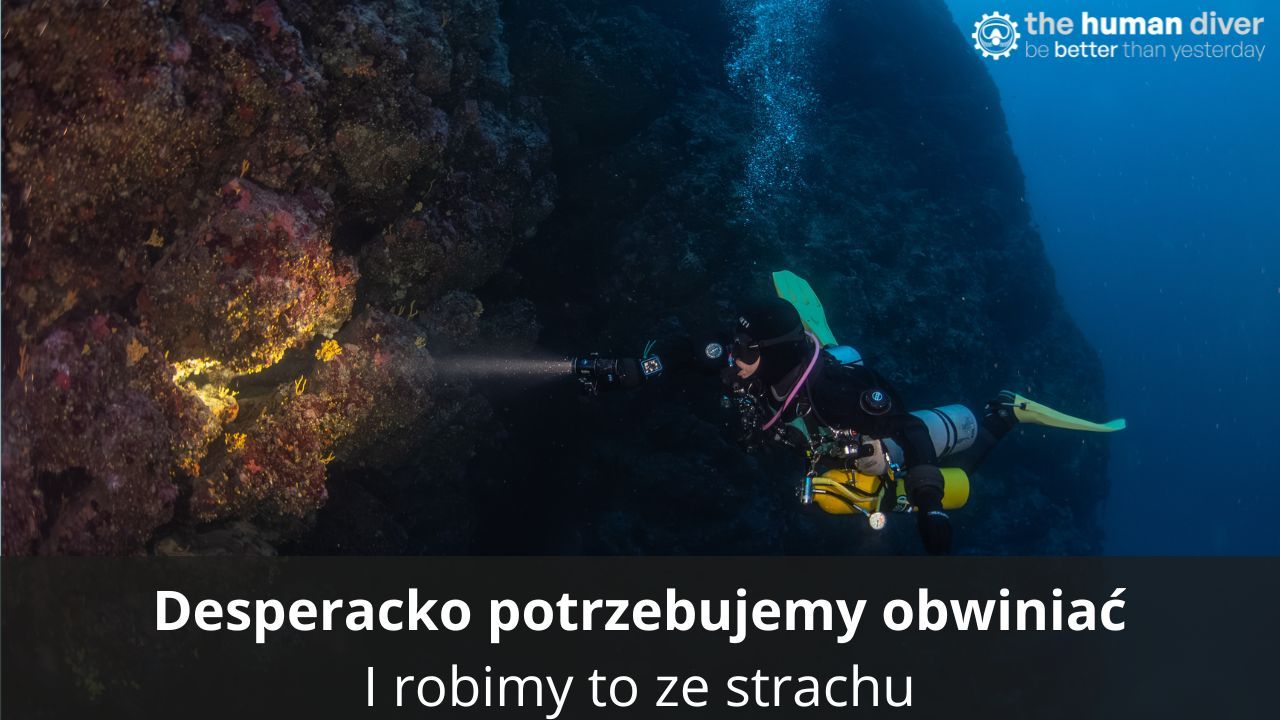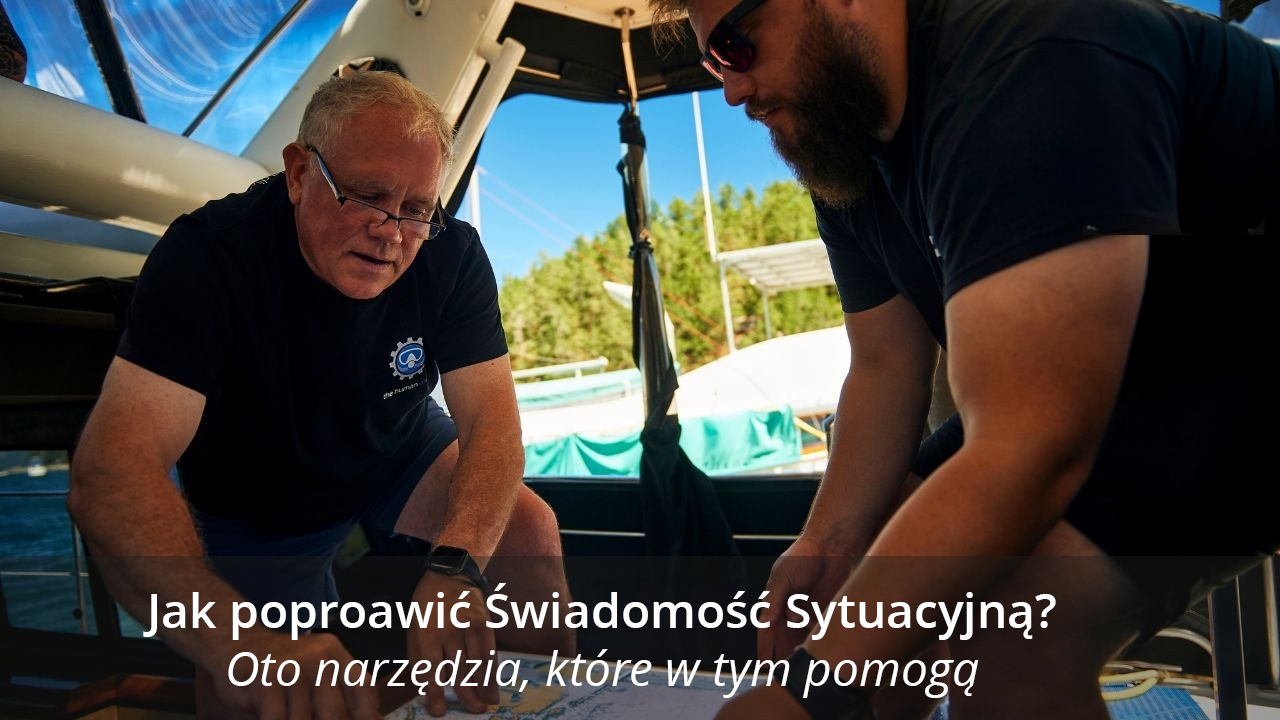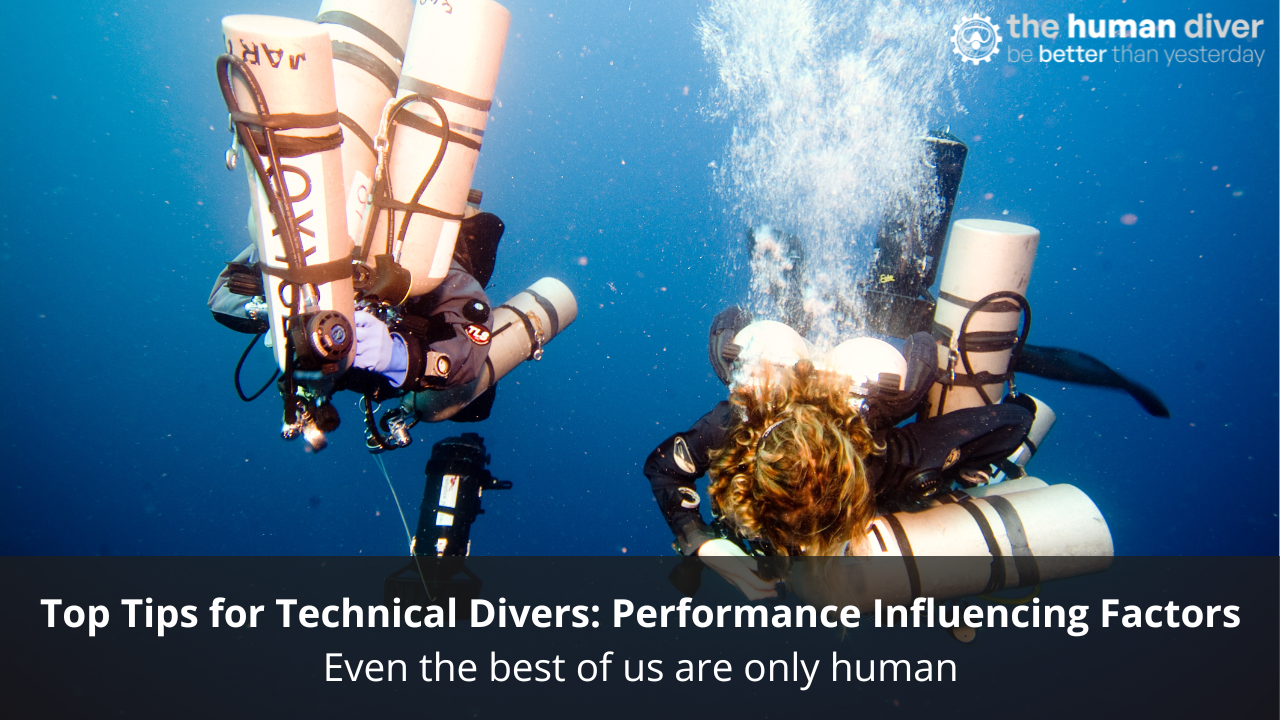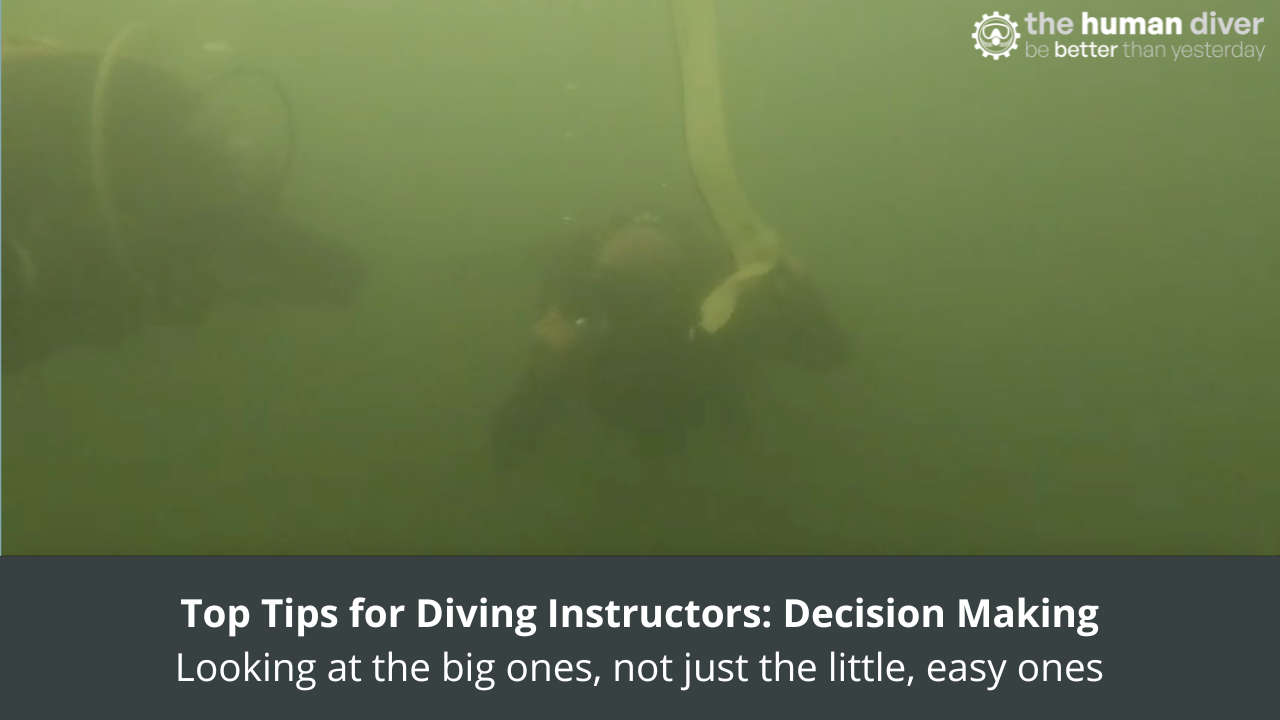
The Value of Loops for Learning: Don't Just Fix the Diver / Instructor
Nov 04, 2023As scuba divers, our underwater adventures are as much about discovery as they are about the constant journey of learning and adaptation. Whether you're fine-tuning your buoyancy or leading a diving team, the principles of loops in learning can and should be applied to the sport. Drawing from the seminal work by Chris Argyris and Donald Schön, and extending into the complexities identified in more contemporary research, we can apply the concepts of single loop, double loop, and triple loop learning to scuba diving. This can transform the way we dive, teach, and understand our underwater environment.
Single-Loop Learning in Scuba Diving: The Basics
'Stop, then fix the immediate problem.'
Best practice.
At its core, single-loop learning in scuba diving is about straightforward problem-solving. Consider your Buoyancy Control Device (BCD), an essential piece of your diving gear. It's a simple system: you press a button to inflate or deflate the bladder to control your buoyancy. If a diver notices that the BCD isn't inflating when the button is pressed, single-loop learning would lead to identifying the malfunction (e.g., a stuck valve), fixing or replacing the faulty part, and testing to ensure the problem is solved. It's a reactive, immediate solution to a clear problem.
Example: A diver notices that their BCD is not inflating consistently. After the dive, they rinse the device, check for obstructions, and ensure the release valve is clean and functional. The direct cause of the malfunction is addressed, and the BCD is restored to working condition.

Double-Loop Learning in Scuba Diving: Beyond the Surface
'Stop. Analyse the problem, use experience to fix it.'
Good practice.
Double-loop learning asks divers to go a step further to explore and address underlying rules, values, and processes. A diver with a closed-circuit rebreather, a more complicated system than a BCD, must understand how each component interacts with others. When a problem arises, such as inconsistent mixtures of breathing gas, double-loop learning doesn't stop at adjusting the mix. It digs deeper into why the problem occurred: was it a sensor error, a calculation mistake, or an issue with the gas blending equipment?
Example: A diver's rebreather malfunctions, providing a mix with too much oxygen. After ensuring immediate safety, they review their pre-dive checks and discover a calibration error in the oxygen sensors. The error was due to being distracted. They now ensure that they undertake pre-dive checks following a checklist designed with HF principles in mind in a quiet environment.

Triple-Loop Learning in Scuba Diving: Navigating Complexity
"Stop. Undertake experiments to determine a (not the) solution."
Emergent practice.
Triple-loop learning is where context becomes paramount, considering human factors and the environment's influence on decisions and behaviours. In diving, this means understanding not just the equipment and physical or technical skills but also the decision-making processes, team dynamics, and the learning culture within the dive community. How does a training organisation deliver training to instructors to students who then take that attitude to the 'real world'. How is quality managed to ensure consistency? What commercial and cultural drivers or influences are present? Because triple-loop learning needs some level of discovery, there are often more questions than answers!
Example: A dive team experiences a near-miss when one member ascends too quickly due to a lack of awareness about his new dive computer's ascent rate alarm. Instead of solely focusing on better personal equipment management, the team engages in a Learning Review to explore how they communicate and support each other in learning new technologies. This leads to the development of a mentorship approach within the club, ensuring divers are not just trained but also culturally supported in their learning journey. They also share their knowledge to the wider diving community, not just the event and immediate actions, but also about what they put in place and how they achieved this.
 You can download this as part of a guide from here
You can download this as part of a guide from here
Practical Scenarios
Single-Loop Examples
During a dive, you notice your air consumption is higher than usual and your buoyancy control isn't as stable as normal. Upon inspection, you find a small leak in the bladder of your wing. You try to repair it with Tear-Aid, but it isn't holding, so you send it back to get professionally repaired or replaced.
As a manager in a dive centre, you notice your dry suit students are barely passing the basic skills and not achieving mastery. You tell your instructors to pay more attention to their students and teach them better.
Double-Loop Examples
After several dives, you recognise a pattern where your air consumption is consistently higher than your dive buddies’. You reflect on the dives and realise that you're exerting more during the swim back against the current. You then modify your dive plan to make use of natural currents for a more efficient return journey, reducing your air consumption.
As a manager in a dive centre, you recognise that students still aren't performing as they should, and don't look comfortable after a drysuit class. You realise that the instructors don't know what 'good' looks like, so you spend some time defining performance standards, working with the instructors to recognise the shortfalls and how to address them. You also make sure the schedule has some slack to allow for more dives if needed. Finally, you provide feedback to the training organisation that things aren't working as they should but not sure what can be done given the way the instructor development system is set up. The agency provides a response which details the standards that should be followed to ensure that instructors are teaching correctly.

Triple-Loop Example
Your dive shop has experienced a few incidents where divers with new dive computers failed to properly monitor their decompression status. Instead of blaming individual divers, the shop conducts a series of debriefs to understand the broader issues. They realize there's a gap in their training program regarding the use of dive computers. Consequently, they revamp their training to include practical sessions on dive computer use in various real-world scenarios.
You are the manager in a training agency and you realise that one of the reasons instructors struggle to teach skills effectively and in a manner that students can retain the knowledge is because they don't have the personal experience themselves. They often race through the system, and so it is difficult to teach something if you are only an 'advanced beginner' or 'competent' instead of 'proficient' or an 'expert'. You recognise that one of the driving issues behind this is the lack of effective quality management (not much more than happy sheets) and the self-certification process, where instructors can say they have experience but may not. Furthermore, the lack of effective QM means that instructors can find financially-driven instructor trainers, course directors to issue certificates with minimal or zero training delivered. To change this, there needs to be a fundamental shift in the business and quality paradigm of the diving business. While agencies can't control what happens at dive centres, they can influence the culture within the agency and they start a process of education focused on human and organisational performance. 
Diving Learning from Other Domains
The diving domain isn't alone when it comes to addressing the 'operator'; it is quick, easy, and can appear to clear the problem from the deck. However, there are some domains that realise that because they operate in an inherently hazardous environment (like diving), they have to improve their organisational learning to improve their individual learning. One example is the US Wildland Fire Fighting community. This blog from Brad Mayhew talks exactly to this point. The first thing to note, though, is that you can't fix a secret, and so to learn what is really happening, you have to create an environment where those at the front-line will talk about what is happening i.e., psychological safety and a Just Culture. In this blog, Brad gives two great examples of what triple-loop learning looks like, and the same sort of learning that could be brought into the diving domain.
Advice for Divers: Embracing Learning at Every Level
In practice, every dive is an opportunity for learning. Start by identifying any immediate problems (single loop), but don't stop there. Consider the systems at play (double loop) and reflect on the bigger picture, including human behaviour, contextual, and cultural factors (triple loop), to move beyond competency and become a critically thinking and aware diver.
As divers, we are part of an intricate, interconnected community where our actions, learnings, and experiences ripple across our ecosystem. We must be diligent in our practice, critical in our thinking, and collaborative in our approach to learning. Whether troubleshooting a BCD or revising safety protocols, remember that the depth of your learning is as vital as the depth of your dive.
The sea, much like the realm of knowledge, is vast and layered. Single loop learning keeps you safe and efficient; double loop learning makes you a skilled and adaptable diver; and triple loop learning transforms you into a leader, an educator, and an advocate for best practices within the diving community. Stay curious, stay reflective, and dive not just into the water, but into the profound depths of understanding that lie beneath the surface of every challenge and success.

Gareth Lock is the owner of The Human Diver, a niche company focused on educating and developing divers, instructors and related teams to be high-performing. If you'd like to deepen your diving experience, consider taking the online introduction course which will change your attitude towards diving because safety is your perception, visit the website.
Want to learn more about this article or have questions? Contact us.


